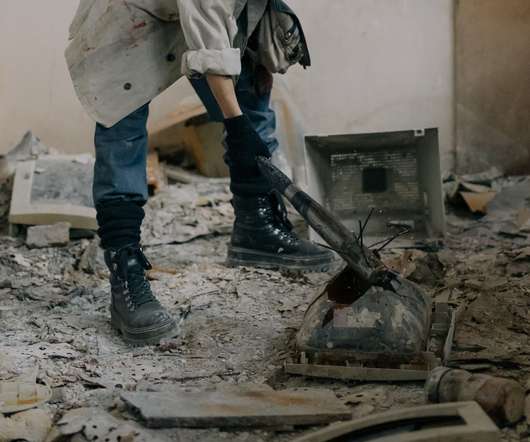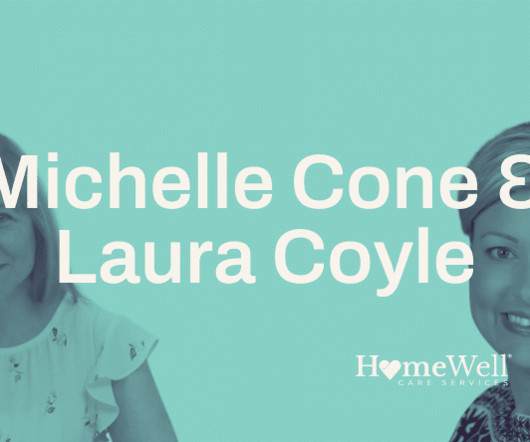Systematic Change Needed to Support Family Caregivers of Hospice Patients
Hospice News
FEBRUARY 2, 2023
And while hospices offer social workers and spiritual care, many families continue to have unmet needs that could impede some patients’ access to hospice. At the same time, the ratio of potential caregivers to seriously ill seniors is expected to shrink to 4-to-1 by 2023, a “sharp decline” from 7-to-1 in 2010, AARP reported.












Let's personalize your content